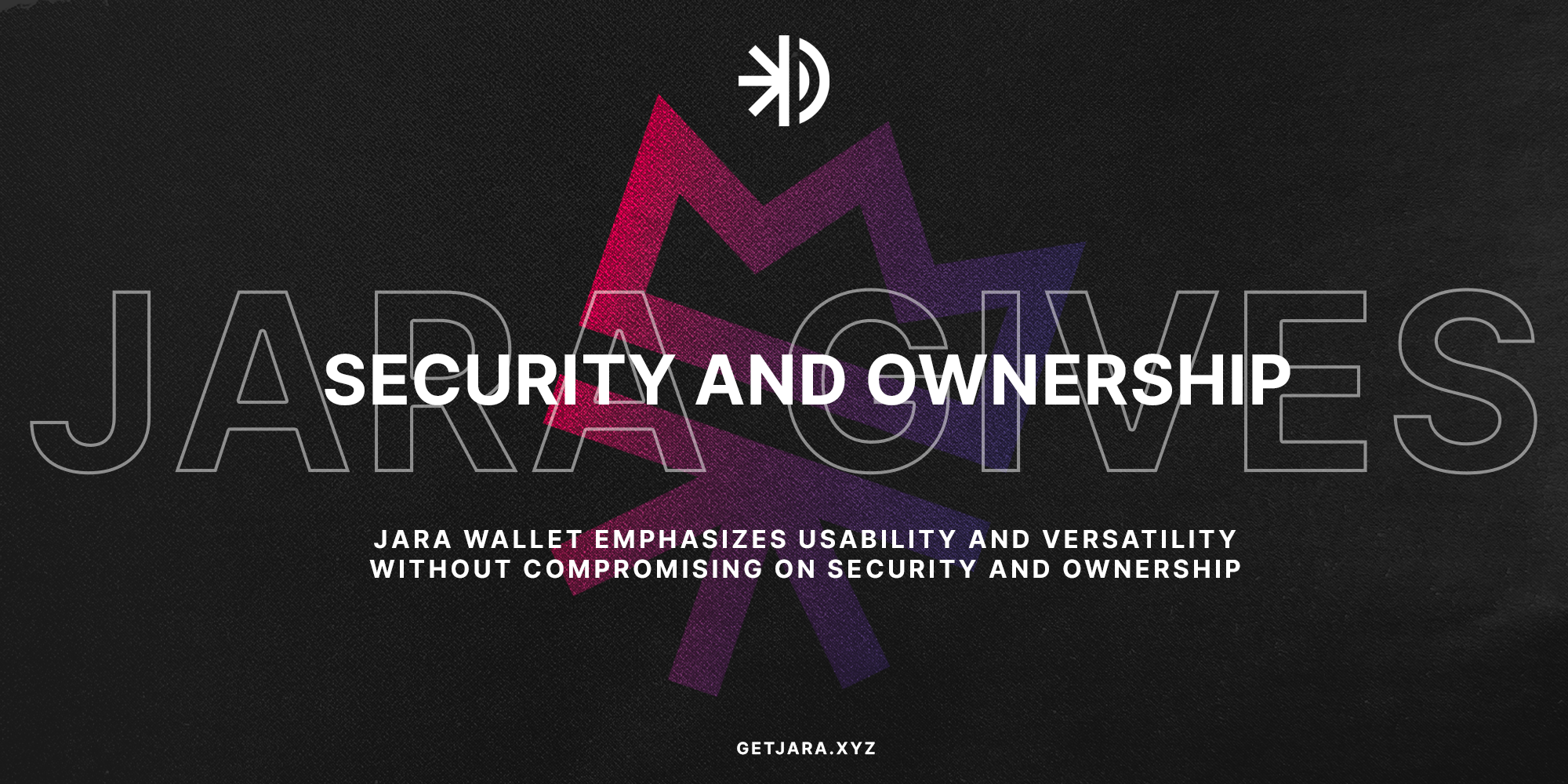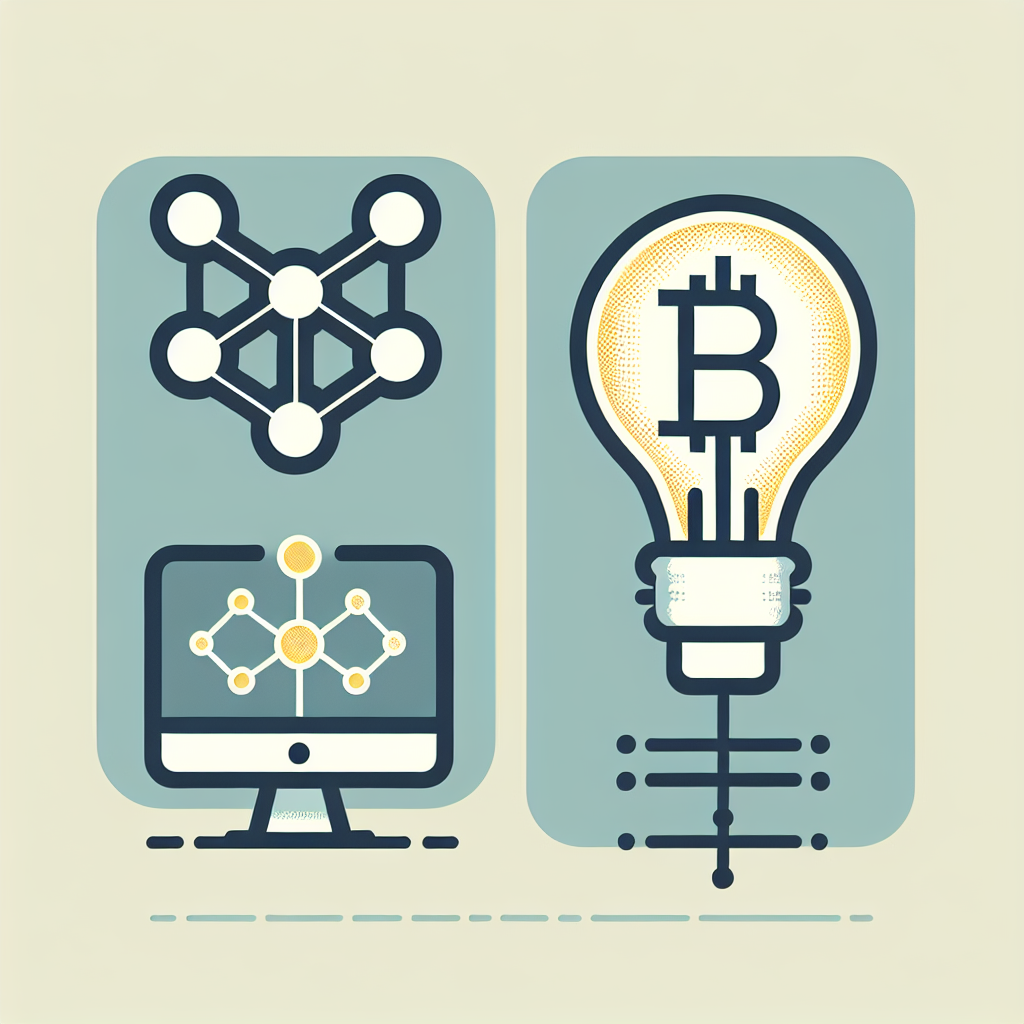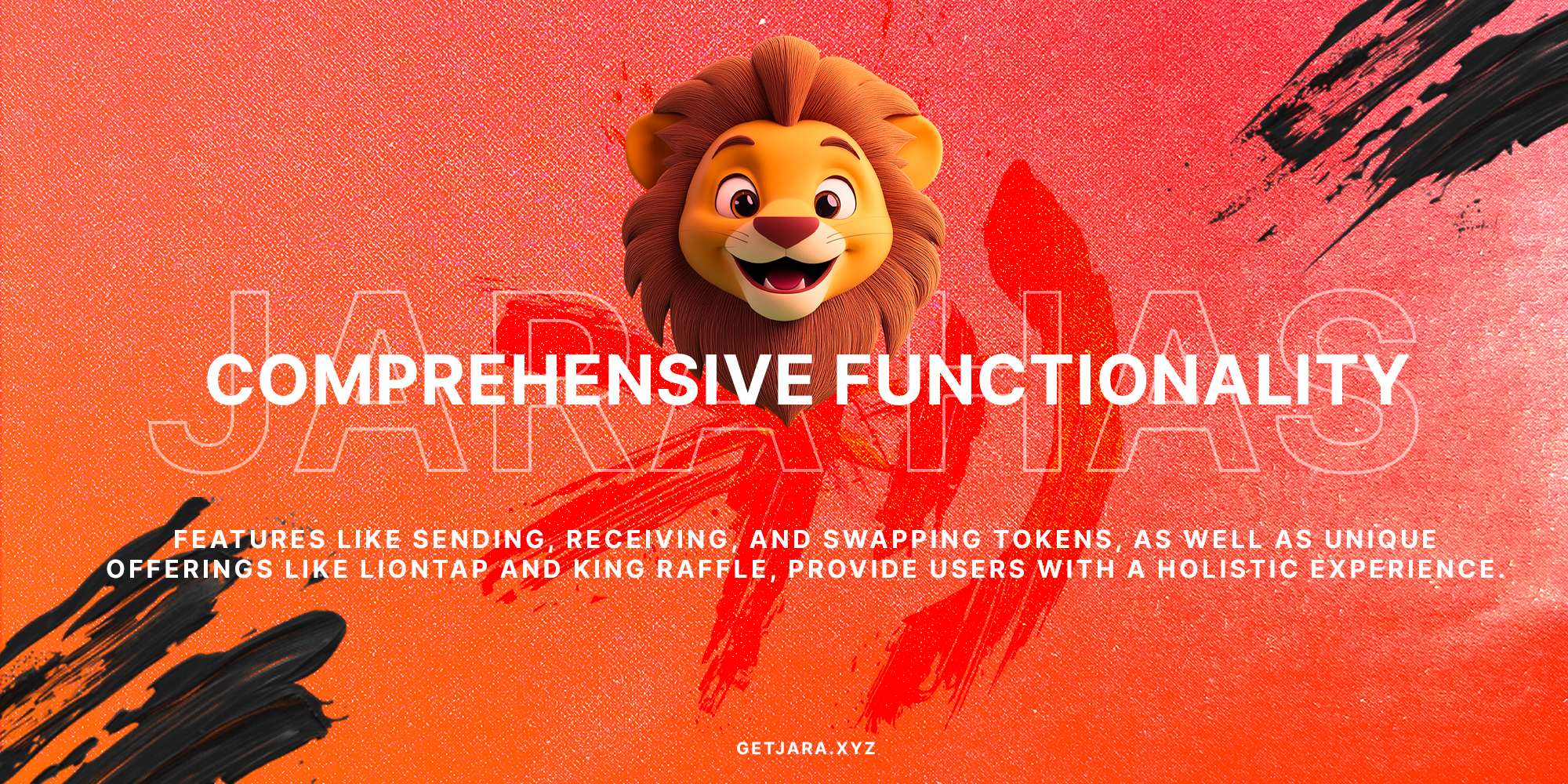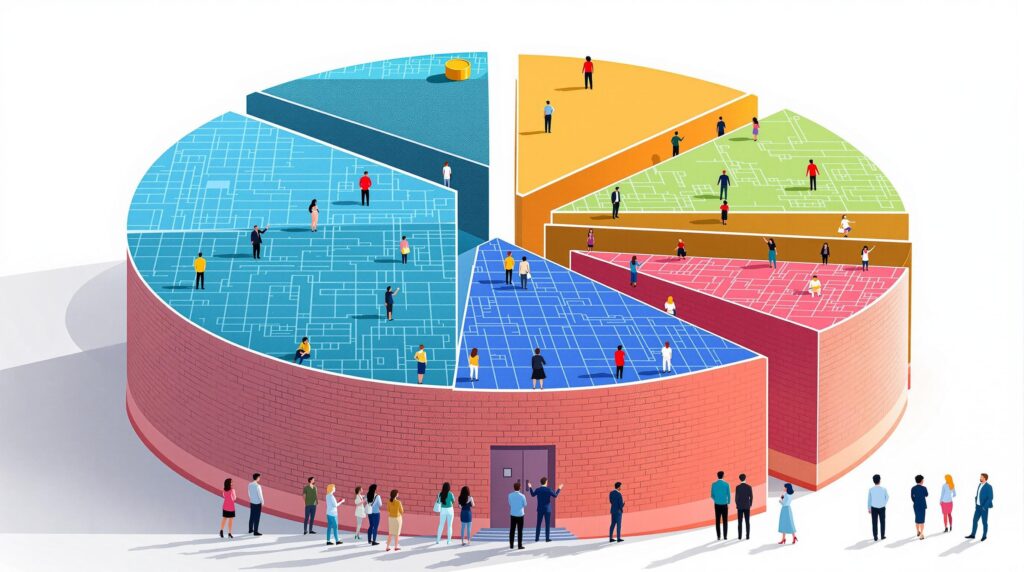Introduction to Layer 1 Blockchains
Layer 1 blockchains are the foundational infrastructure of the cryptocurrency industry. They provide the base architecture upon which decentralized networks are built. As the cornerstone of crypto innovation, these blockchains handle key functions such as transaction validation, consensus mechanisms, and data integrity. Understanding the essential role of Layer 1 blockchains offers insights into how they support diverse applications in the blockchain ecosystem.
What is a Layer 1 Blockchain? A Layer 1 blockchain is the base layer of a blockchain network, responsible for core functions like transaction validation and network consensus.
At its core, a Layer 1 blockchain is designed to support all operations without relying on any other infrastructure. This includes verifying and recording transactions, maintaining the blockchain’s ledger, and ensuring the security and integrity of the network. Every time you send or receive a transaction, a Layer 1 blockchain is doing the heavy lifting. Think of it as the bedrock that supports the towering innovations of the crypto space.
Ever wonder how cryptocurrencies keep everything transparent yet secure? It’s all thanks to these powerful Layer 1 networks. They ensure every transaction is validated and stored immutably, meaning once information is in the blockchain, it cannot be changed or deleted, ensuring trust and transparency.
Components of Layer 1 Blockchains
- Network Nodes: These are the individual computers that collectively uphold the blockchain, handling transactions and storing data.
- Consensus Layer: A protocol that allows the network to agree on changes to the blockchain, ensuring all copies are the same.
- Data Layer: Maintains an immutable record of transactions, ensuring transparency and traceability.
- Transaction Layer: The process layer where token transfers and smart contract executions occur.
Layer 1 blockchains also include other vital elements like the native coins, which serve as the currency for transaction fees and incentives for nodes participating in the network. As the backbone of blockchain ecosystems, these elements work together to ensure reliability and efficiency.
The Blockchain Trilemma
A notable challenge is the Blockchain Trilemma, which involves balancing three critical aspects: scalability, security, and decentralization. Layer 1 solutions strive to achieve an optimal balance, which is no easy feat. For instance, increasing scalability might affect decentralization or security.
The Blockchain Trilemma suggests that achieving scalability, security, and decentralization simultaneously is challenging for Layer 1 blockchains.
Jara is paving the way in addressing these challenges with their systemic advancements and versatile platform tailored for Africa’s burgeoning digital asset economy. Their focus on optimizing these blockchains ensures that they remain resilient, secure, and accessible.
Ultimately, the role of Layer 1 blockchains may evolve as we witness the rise of Layer 2 solutions, which are built on top of Layer 1s to enhance their capabilities without disrupting core functionalities.
Layer 1 Versus Layer 2 Solutions
Layer 1 and Layer 2 solutions are distinct but complementary. The latter are built on top of the former to improve upon issues like scalability and transaction speed, often without altering the base layer. These solutions can be seen as side projects utilizing the base infrastructure of Layer 1 to enhance usability and user experience.
Layer 1 blockchains provide the base, while Layer 2 solutions build upon this to enhance speed and scalability.
A good analogy for understanding this relationship is an airplane’s relationship with its airport – the plane (Layer 2) cannot take off without the runway provided by the airport (Layer 1). Understanding the intricate balance between these layers gives us a clearer picture of the challenges and exciting opportunities in blockchain technology.
For more insights on the infrastructure of cryptocurrency and blockchain innovations, explore the detailed guides available through various educational resources. As we continue to explore this space, staying informed empowers us to make informed decisions and participate actively in the digital revolution.
Key Components of Layer 1 Blockchains
Network Nodes and Consensus Mechanisms
Layer 1 blockchains are fundamentally dependent on network nodes and consensus mechanisms. But what exactly are these? Network nodes are individual computers that form the backbone of these blockchains, ensuring decentralization and redundancy. They serve as points of communication, processing and verifying transactions, and ensuring every participant holds a consistent copy of the blockchain’s data.
Now, let’s dive into consensus mechanisms. Imagine a large group trying to decide their next destination for a trip without a leader—a consensus mechanism solves this by providing rules everyone agrees to follow. In blockchains, this mechanism governs how nodes agree on the blockchain’s current state. Some of the most widely recognized protocols include:
- Proof-of-Work (PoW): Often recognized through Bitcoin, this mechanism relies on solving complex mathematical puzzles to affirm transactions, ensuring the network’s security while being energy-intensive.
- Proof-of-Stake (PoS): Here, validators are chosen based on the number of coins they hold and are willing to ‘stake’ as collateral, driving efficiency and reducing energy consumption.
- Delegated Proof-of-Stake (DPoS): This variation allows token holders to elect a small group of trusted representatives to validate transactions and manage the blockchain, which often leads to faster transaction processing.
What is a consensus mechanism in blockchain? A consensus mechanism is a protocol that ensures all participants in a blockchain network agree on the current state of the blockchain, maintaining its security and integrity.
These consensus protocols each bring distinct pros and cons, balancing security, scalability, and energy efficiency. For instance, in the context of PoW, while its security is robust due to its complex computation requirements, it’s often criticized for its high energy consumption. Conversely, PoS cuts down on energy usage but requires trust in the selected node validators.
Within Jara’s ecosystem, they leverage their own Layer 2 blockchain to optimize efficiency for their tokenized projects, like the $6 billion Lagos airport tokenization project, combining secure architectural designs with efficient transaction processing.
Jara specifically aims to fuel Africa’s digital asset economy, anticipated to exceed $200 billion, by adopting these innovative blockchain technologies. The platform also ensures that node operators participate in governance decisions using the $JARA token, enhancing both transparency and community engagement.
Beyond understanding the tech, it’s crucial to acknowledge the broader application of Layer 1 blockchains in real-world ecosystems. With network nodes and consensus mechanisms at its core, Layer 1 technology like Jara’s proprietary blockchain ensures secure, rapid transactions, making it an indispensable player in the digital revolution.
Looking for a more in-depth exploration into how blockchain can transform your business strategy or investment portfolio? Read more about defense of crimes involving cryptocurrency to gain insights into legal challenges and innovations influenced by this technology.

Layer 1 vs Layer 2 Solutions
In the world of blockchain technology, understanding the distinction between Layer 1 and Layer 2 solutions is crucial. Are you curious about how these layers differ and how they complement each other? Let’s dive into the details.
While Layer 1 blockchains form the core foundation, underpinning the very existence of decentralized networks, Layer 2 solutions emerge as a supporting cast, enhancing the blockchain’s overall capability. Layer 1 blockchains, such as Bitcoin and Ethereum, are responsible for the crucial functions of transaction validation, data security, and decentralization. On the other hand, Layer 2 solutions, like zk-Rollups and Optimistic Rollups, focus on improving the efficiency and scalability of these networks.
What is a Layer 1 blockchain’s primary function? A Layer 1 blockchain acts as the main network responsible for transaction validation, data security, and governance within a decentralized system.
Layer 1 blockchains typically face a challenge known as the “Blockchain Trilemma,” a concept coined by Ethereum’s creator, Vitalik Buterin. This trilemma posits that it is difficult for a blockchain to simultaneously achieve three desired attributes: decentralization, security, and scalability. Despite the solid foundation provided by Layer 1, the demand for higher transaction speeds and lower costs has driven the development of Layer 2 solutions.
Layer 2 solutions are designed to process transactions off-chain or in parallel, without altering the base protocol of the main blockchain, thus allowing for increased throughput and efficiency. These solutions often leverage existing Layer 1 security, creating a symbiotic relationship where both layers benefit.
- Key Advantage of Layer 2: Scalability is greatly enhanced through techniques like batching transactions and reducing the load on the main chain.
- Security Maintenance: By utilizing the security of the primary Layer 1 blockchain, Layer 2 solutions can offer faster and cheaper transactions without sacrificing safety.
- Flexibility and Adaptability: Developers can create innovative solutions on Layer 2 platforms, tailored to specific needs, thus offering additional functionalities.
In the context of Jara, the integration of Layer 2 helps to address scalability challenges while maintaining the robust ecosystem provided by its Layer 1 blockchain. This is essential for projects aiming to effectively scale operations, such as Jara’s proprietary L2 blockchain which is part of their vertically integrated platform.
The synergy between these layers can be compared to a bustling city: Layer 1 is akin to the main roads and highways, ensuring direct and secure routes, while Layer 2 solutions act like express lanes that facilitate quicker travel across the city, relieving congestion and improving efficiency.
By embracing both Layer 1 and Layer 2 technologies, innovations like Jara’s digital asset economy are well-equipped to fuel Africa’s $200B+ market, providing an environment where advanced blockchain capabilities combine with practical applications to drive economic growth.
How do Layer 1 and Layer 2 work together? Layer 1 provides the solid framework for blockchain operations, while Layer 2 enhances transactional speed and efficiency, making both indispensable for blockchain innovation.
With transactions secured on Layer 1 and enhanced scalability from Layer 2, Jara’s ecosystem exemplifies the harmonious blend of these technological layers, inviting investors and developers alike to participate in a revolutionary approach to digital finance.
The Future of Layer 1 Blockchains in Crypto
The development of Layer 1 blockchains is proceeding rapidly, continuously addressing the challenge known as the blockchain trilemma: achieving a balance among scalability, security, and decentralization. It’s an exciting time in the crypto world as these blockchains leverage improved architectures and consensus protocols to tackle these challenges effectively. Wonder how this evolution can shape the future of blockchain technology?
What is the Blockchain Trilemma? The blockchain trilemma involves the trade-off between scalability, security, and decentralization, where enhancing one often affects the other two.
Modular Architectures and Improved Protocols
Layer 1 blockchains are now integrating modular architectures that allow for greater flexibility in design and scalability while maintaining the security protocols necessary to protect the network. By breaking down the blockchain into smaller, interchangeable parts, these architectures provide a more robust foundation that can adapt to the growing demands of the cryptocurrency ecosystem.
- Evolving Design: Modular systems allow for specific functions to be optimized without impacting the entire blockchain.
- Flexibility and Scalability: This setup makes it easier to scale operations as new demands arise.
- Blockchain Security: This design supports robust security, as each module can be individually secured and monitored.
In conjunction with these architectural advancements, Layer 1 blockchains are also adopting innovative consensus protocols. These protocols, such as Proof of Stake (PoS) and Delegated Proof of Stake (DPoS), aim to reduce energy consumption and increase transaction throughput, making blockchain networks more efficient and sustainable for long-term use.
Implications for DeFi and Real-World Asset Integration
One of the most exciting prospects for Layer 1 blockchain advancements is their promise to revolutionize decentralized finance (DeFi) and real-world asset integration. As these technologies mature, they could provide a resilient and scalable infrastructure that can integrate seamlessly with various financial applications, overcoming traditional barriers encountered in real-world asset digitization and exchange.
The future of financial technologies hinges on integrating scalable Layer 1 blockchains with DeFi applications, making financial services more accessible and inclusive globally.
- Resilient Infrastructure: Enhanced Layer 1 blockchains can support a growing array of financial transactions with increased speed and reduced costs.
- Interoperable Systems: By connecting various blockchain networks, these advancements offer a coherent and unified DeFi ecosystem.
- Innovation in Asset Tokenization: The tokenization of real-world assets such as infrastructure projects provides new opportunities for investment and growth.
A Transformative Era for Blockchain
The ongoing evolution of Layer 1 blockchains marks a transformative era in blockchain technology, where increased efficiency and the integration of real-world applications can ignite a larger wave of innovation. As these foundational structures continue to improve, they promise an empowered and decentralized future where blockchain becomes an integral part of everyday financial transactions.
Embrace the change: Layer 1 blockchains are paving the way for a decentralized future, redefining how we understand finance and digital assets.
With this solid foundation developing in the backdrop, it’s clear that the future of Layer 1 blockchains holds immense promise for developers, investors, and end-users alike, driving curiosity about where blockchain technology will lead us next.

Layer 1 and Layer 2 Blockchain FAQ
What is a Layer 1 blockchain example?
An example of a Layer 1 blockchain is Bitcoin, which serves as the fundamental infrastructure for cryptocurrency transactions, providing a decentralized platform for secure and transparent exchanges.
Layer 1 blockchains like Bitcoin provide crucial infrastructure, handling transaction validation and maintaining data integrity, which are essential components for the operation of Layer 2 solutions and other blockchain applications.
How do Layer 2 solutions enhance Layer 1 blockchains?
Layer 2 solutions, such as the Lightning Network for Bitcoin, enhance Layer 1 blockchains by improving scalability and transaction speeds. They achieve this by processing transactions off-chain, reducing the load on the Layer 1 network. This allows for faster, more efficient transactions while maintaining the security protocols of the primary blockchain.
Why is consensus mechanism important in Layer 1 blockchains?
A consensus mechanism is crucial for Layer 1 blockchains because it ensures all participants in the network agree on the state of the blockchain, maintaining its integrity and security. Popular mechanisms include Proof-of-Work and Proof-of-Stake, each with unique benefits affecting the blockchain’s speed, security, and energy efficiency. These mechanisms are foundational to the function and stability of the cryptocurrency economy.
What future developments can we expect from Layer 1 blockchains?
Future developments in Layer 1 blockchains are aimed at overcoming the Blockchain Trilemma, which involves balancing scalability, security, and decentralization. Innovations such as modular architectures and enhanced consensus protocols are anticipated, which promise to improve the scalability without diminishing security or decentralization. These enhancements will support the growth of decentralized finance (DeFi) and real-world applications, moving cryptocurrencies toward mainstream adoption.

Related Practice Areas
Explore our additional practice areas to see how our expertise extends across various domains related to blockchain technologies.
List of Top-Rated Blockchain Specialists Serving Jara
When it comes to choosing the right legal advisor for blockchain-related practices, experience and commitment make all the difference. Having a knowledgeable Layer 1 and Layer 2 blockchain solutions attorney by your side ensures you have the advice you need to navigate the complex landscape of blockchain technology.
- David Smith – Leading Blockchain Innovations Lawyer
- Lisa Johnson – Expert in Digital Asset Management
- Michael Brown – Pioneering DeFi and Crypto Regulations Attorney
- Emily White – Renowned for Smart Contract Expertise
Discover What Our Clients Are Saying
At the forefront of our blockchain solutions practice is a deep-seated commitment to client satisfaction. Each case is handled with utmost care, as echoed in the appreciative feedback from those we represent.

Explore Your Blockchain Solution with Us
At Jara, we understand that navigating the intricacies of Layer 1 and Layer 2 blockchain solutions can be overwhelming. Our expert team is ready to guide you through the complexities, ensuring you leverage these technologies for optimum benefits. Reach out to us today and experience firsthand why our clients trust us to deliver results.
Your Voice, Our Mission – At Jara, we champion your digital transformation with the precision and dedication that sets us apart in the industry.
Don’t wait to secure your place in the future of blockchain technology. Call us at (000) 000-0000 or email us at [email protected] to schedule your consultation. Your innovative journey starts here!
Chinyere “Chi” Nnadi Bio
Founder and CEO, Jara | Expert in Crypto Layer 1 Blockchains
Content Reviewed by Chi Nnadi and his Content Team. Chi is a veteran entrepreneur pushing the boundaries of Africa’s financial landscape through blockchain innovation. As the mastermind behind Jara, he spearheads the transition of illiquid African assets into globally valuable digital tokens. With groundbreaking Layer-2 solutions, Chi connects global investors to Africa’s expanding digital assets market.
Our Content Review Process
Chi Nnadi along with Jara’s dedicated content team, pledge to deliver exceptional content. Our guidelines prioritize thoroughness, balance, and reputable sources, ensuring the highest standards of quality. Please reach out if you encounter any inaccuracies.

















